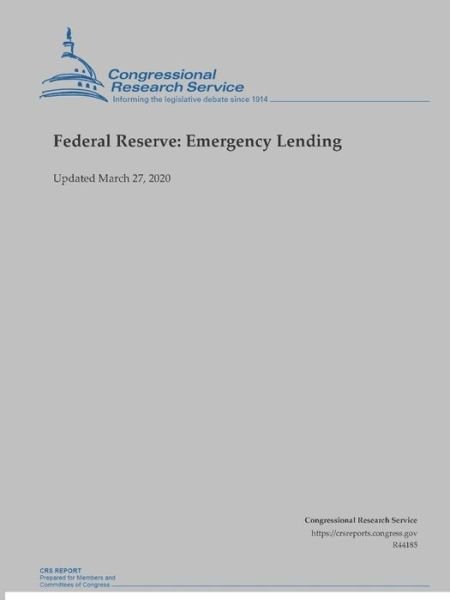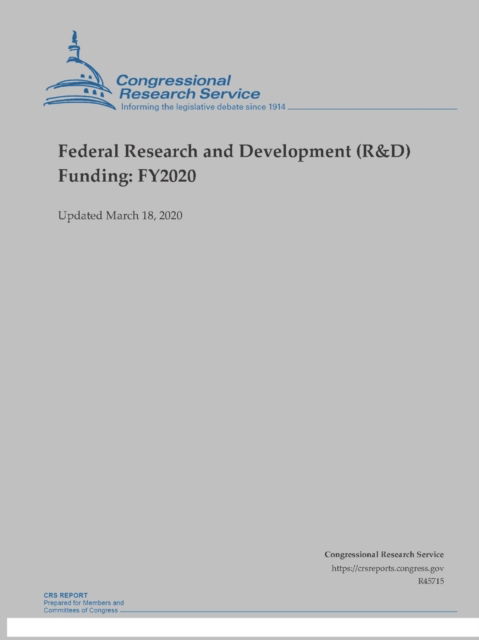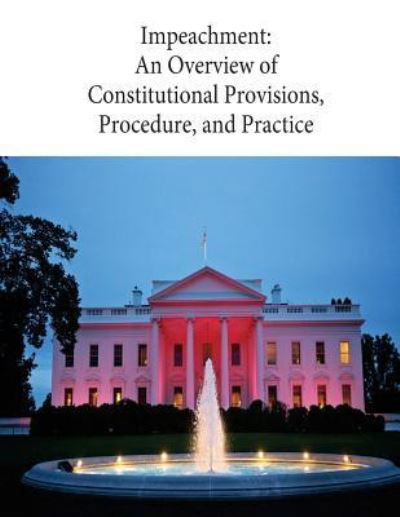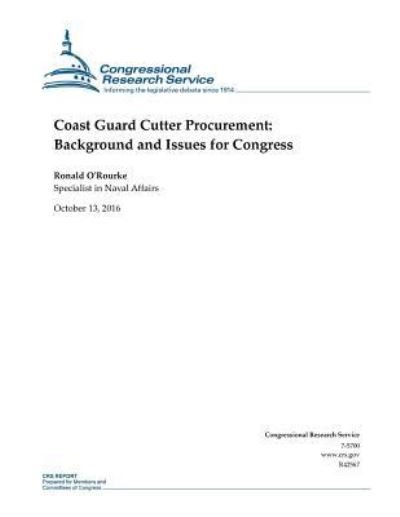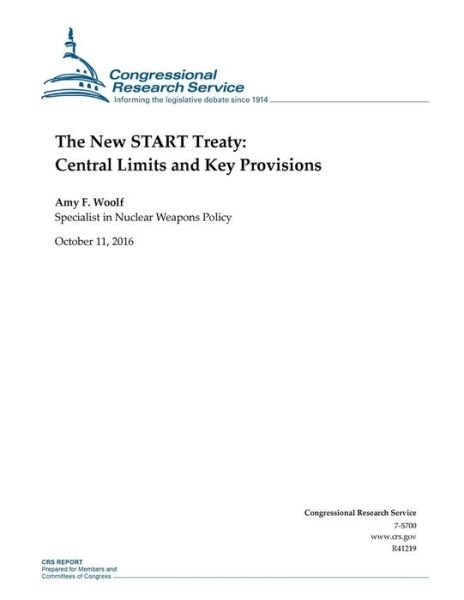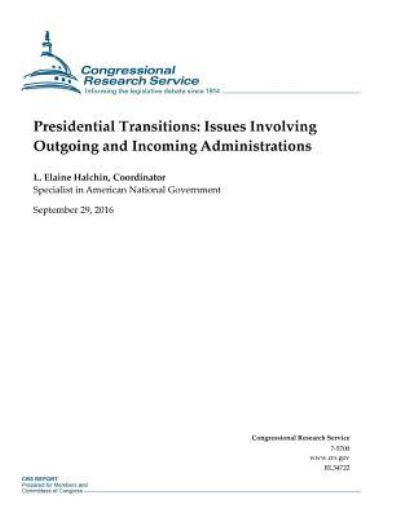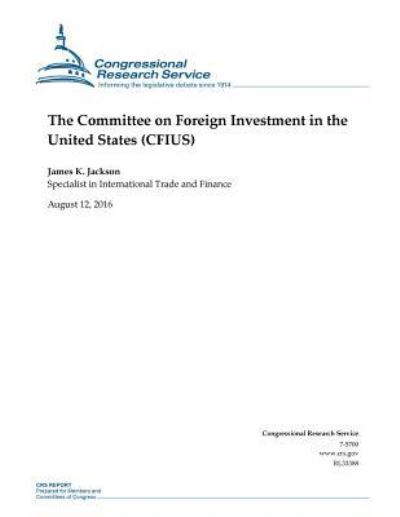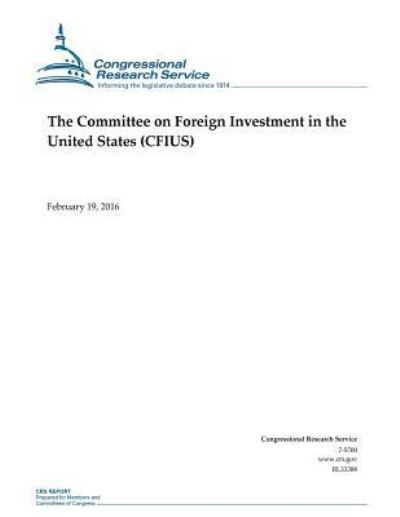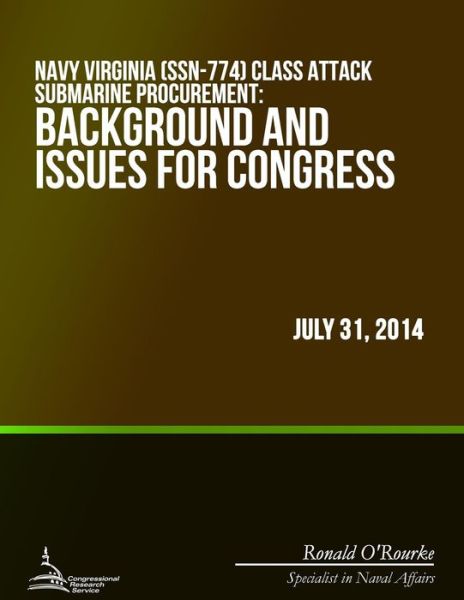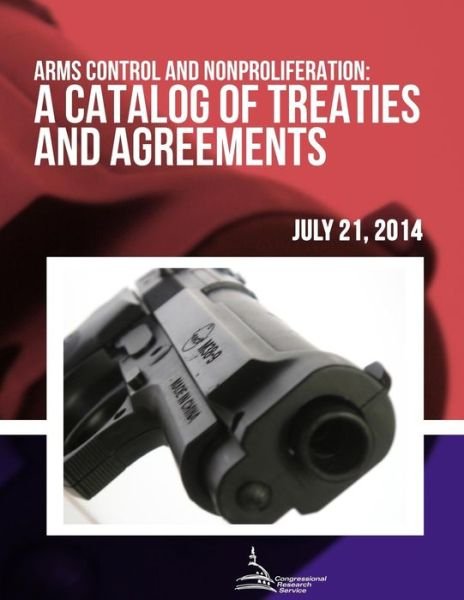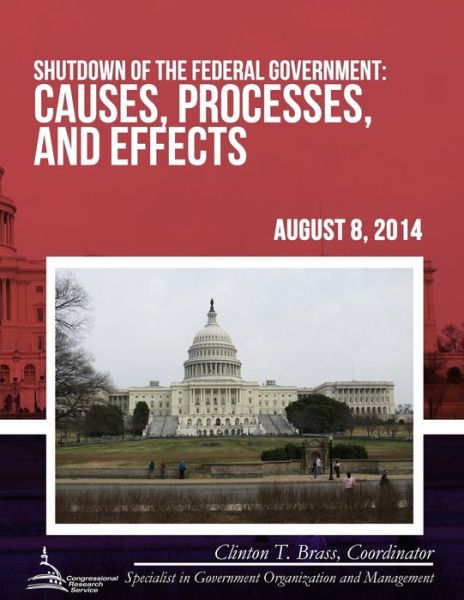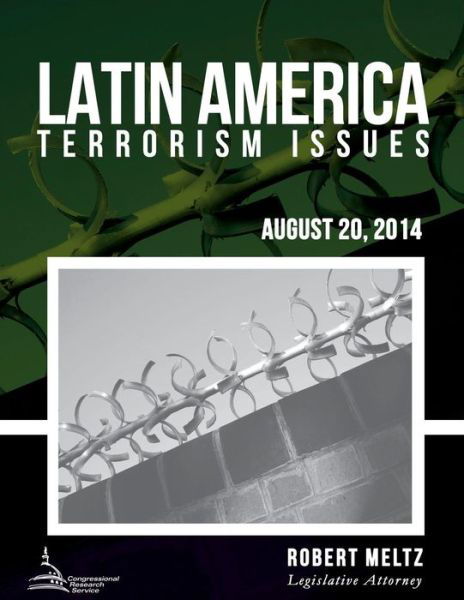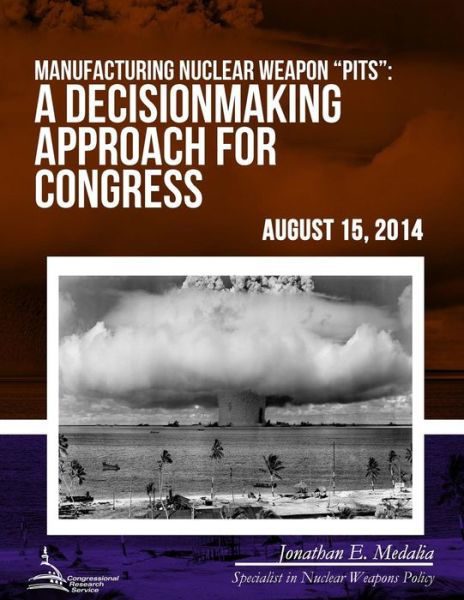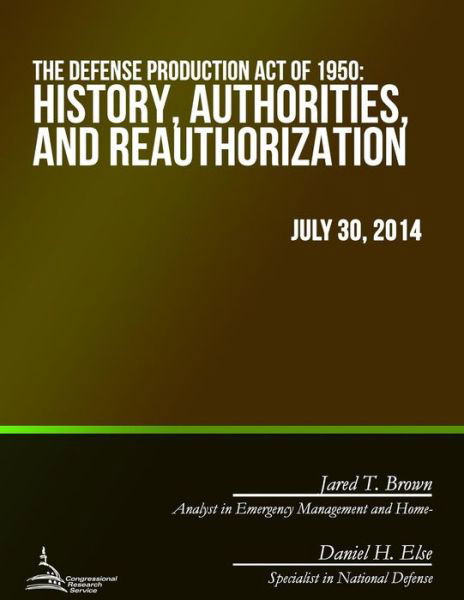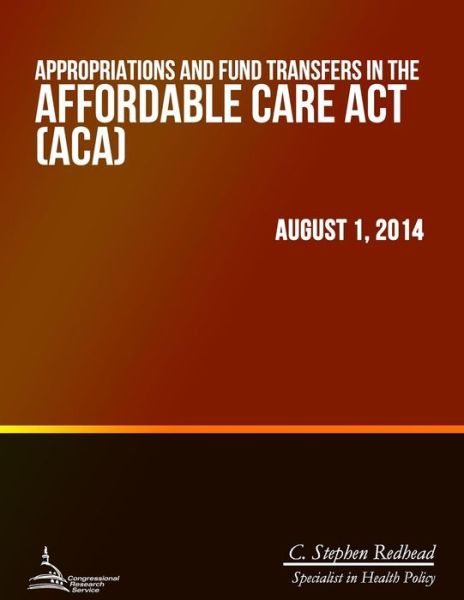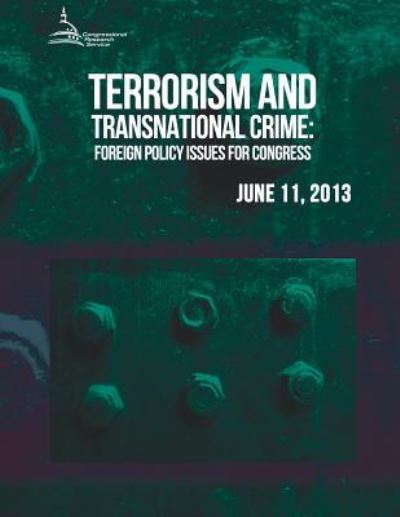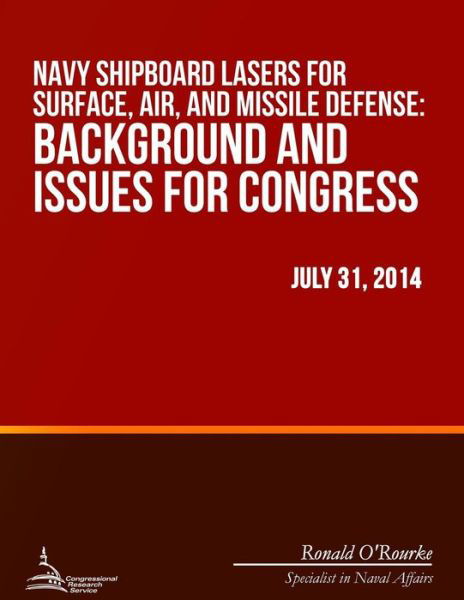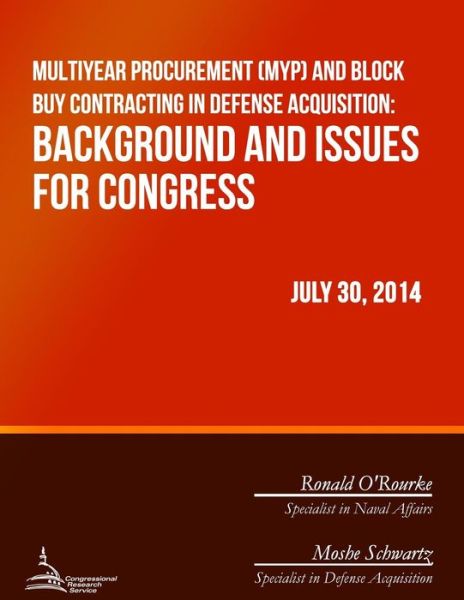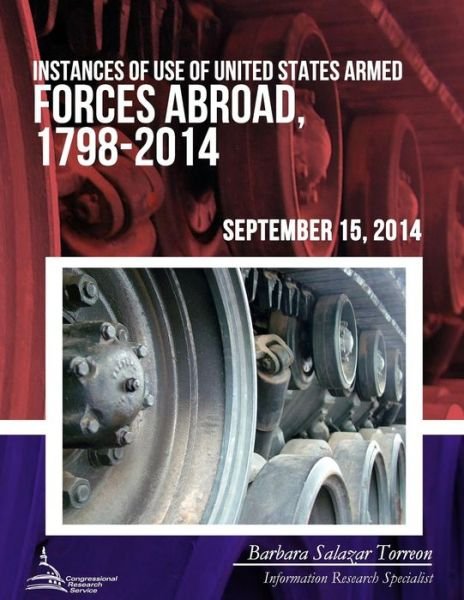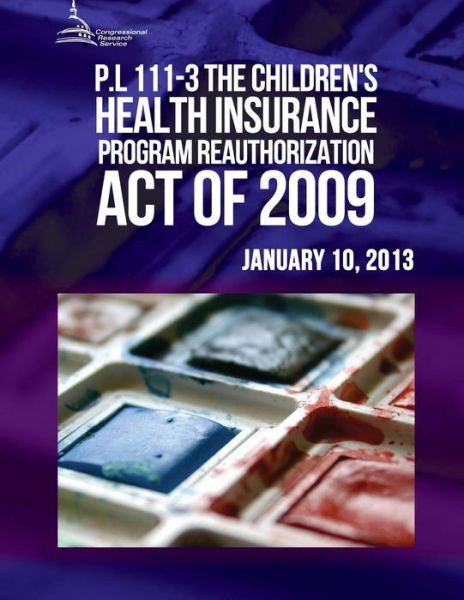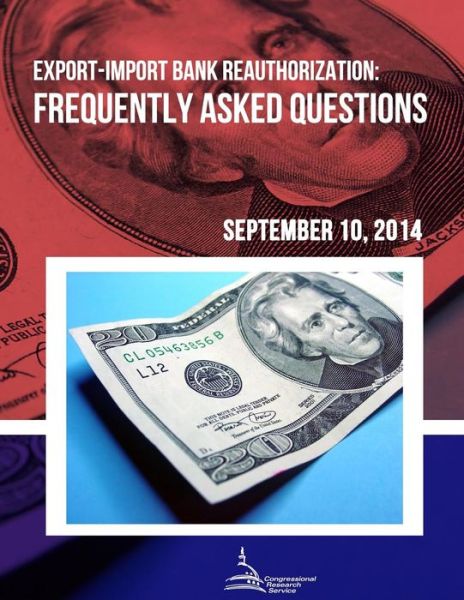
Powiedz znajomym o tym przedmiocie:
The International Monetary Fund
Congressional Research Service
The International Monetary Fund
Congressional Research Service
The International Monetary Fund (IMF), conceived at the Bretton Woods conference in July 1944, is the multilateral organization focused on the international monetary system. Created in 1946 with 46 members, it has grown to include 189 countries. The IMF has six purposes that are outlined in Article I of the IMF Articles of Agreement: promoting international monetary cooperation; expanding the balanced growth of international trade; facilitating exchange rate stability; eliminating restrictions on the international flow of capital; ensuring confidence by making the general resources of the Fund temporarily available to members; and adjusting balance-of-payments imbalances in an orderly manner. Congressional interest in IMF activities has increased since the onset of the international financial crisis in 2008. IMF lending has surged in the past decade, particularly in light of large loans to Greece, Ireland, and Portugal. In 2009, major economies agreed to substantially increase the IMF's resources and to move forward on several major reforms at the institution. These include increasing the voting share of emerging economies; revamping the IMF's lending toolkit to introduce greater flexibility and create new facilities for low-income countries; and creating a road map for resolving the fast-growing economic imbalances in the global economy between surplus and deficit countries. In late 2010, IMF members agreed to a doubling of IMF quotas, which required congressional authorization and appropriations. The United States was instrumental in creating the IMF and is its largest financial contributor. Since voting shares are based on financial contributions, the large U. S. voting share provides the United States veto power over major decisions at the IMF. Both the IMF and its sister organization, the World Bank, are headquartered in Washington, DC. At the Bretton Woods conference, the IMF was tasked with coordinating the system of fixed exchange rates to help the international economy recover from two world wars and the instability in the interwar period caused by competitive devaluations and protectionist trade policies. From 1946 until 1973, the IMF managed the "par value adjustable peg" system. The U. S. dollar was fixed to gold at $35 per ounce, and all other member countries' currencies were fixed to the dollar at different rates. This system of fixed rates ended in 1973 when the United States removed itself from the gold standard. The IMF has evolved significantly as an institution since it was created. Floating exchange rates and more open capital markets in the 1990s created a new role for the IMF-the resolution of frequent and volatile international financial crises. The Asian financial crisis of 1997-1998 and subsequent crises in Russia and Latin America revealed many weaknesses of the world monetary system, which have only become more apparent in the wake of the 2008-2009 global financial crisis and the more recent sovereign debt crises in Europe. This report evaluates the purpose, membership, financing, and focus of the IMF's activities. It also discusses the role of Congress in shaping U. S. policy at the IMF.
| Media | Książki Paperback Book (Książka z miękką okładką i klejonym grzbietem) |
| Wydane | 2 czerwca 2018 |
| ISBN13 | 9781720647348 |
| Wydawcy | Createspace Independent Publishing Platf |
| Strony | 28 |
| Wymiary | 216 × 279 × 2 mm · 90 g |
| Język | English |
Więcej od Congressional Research Service
Zobacz wszystko od Congressional Research Service ( np. Paperback Book i Book )

 Świąteczne prezenty można zwracać do 31 stycznia
Świąteczne prezenty można zwracać do 31 stycznia


